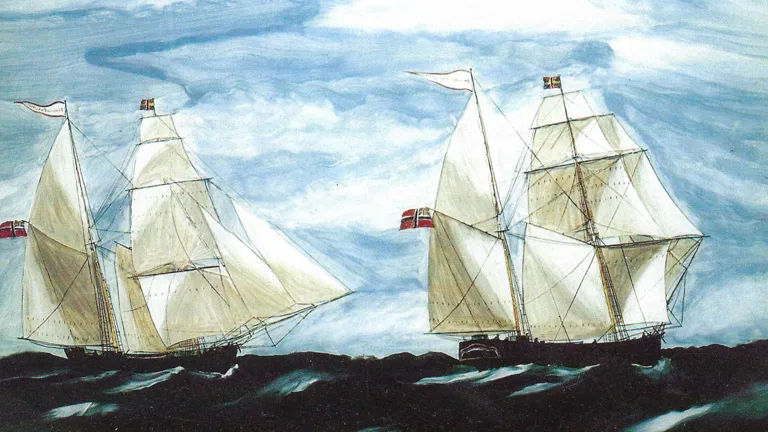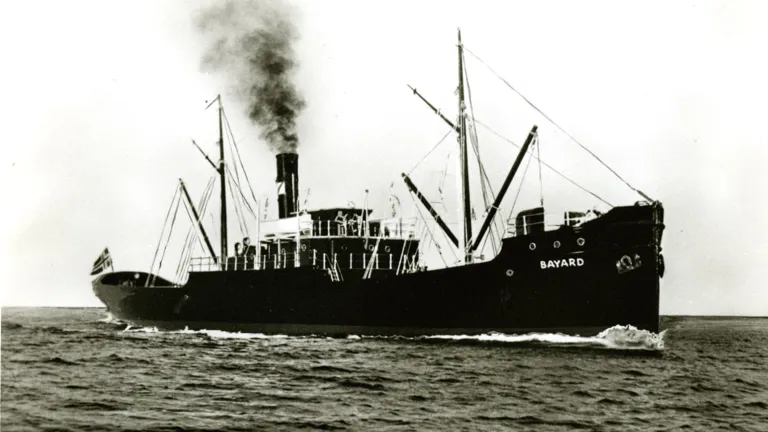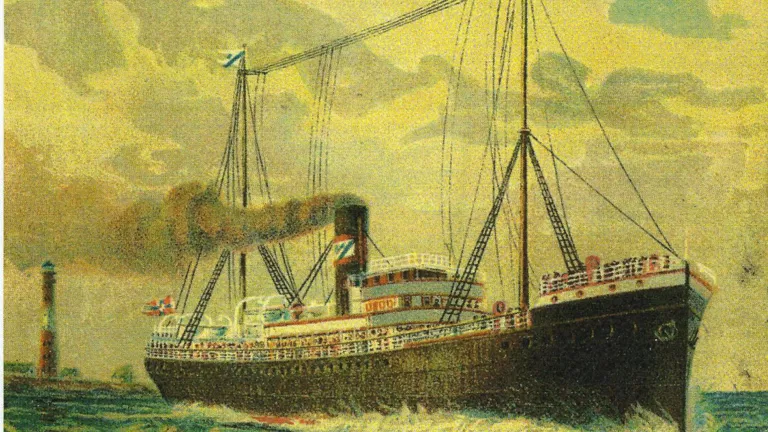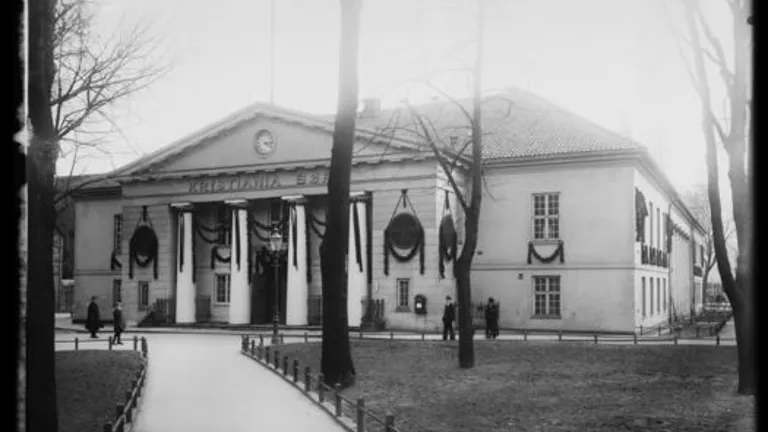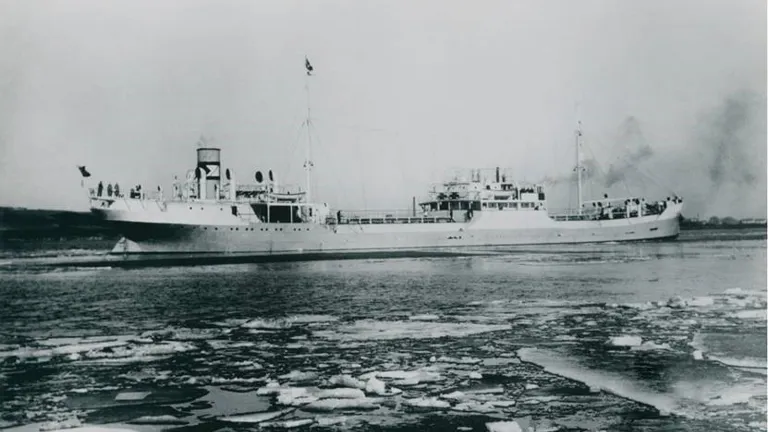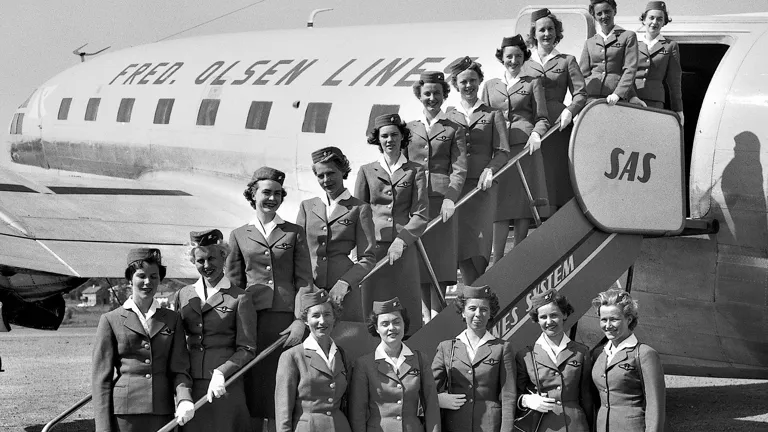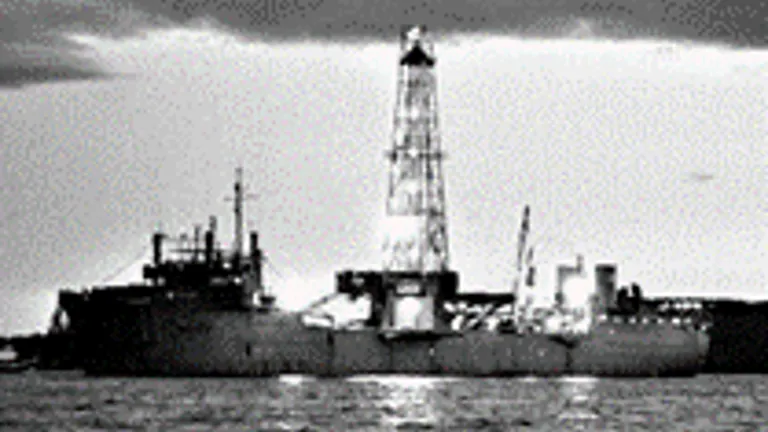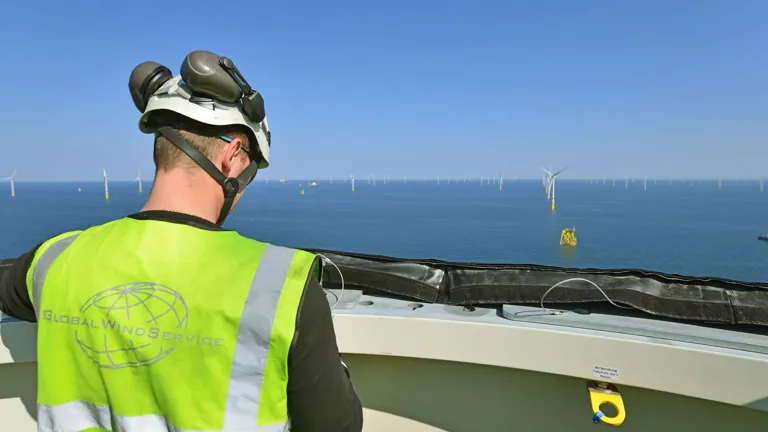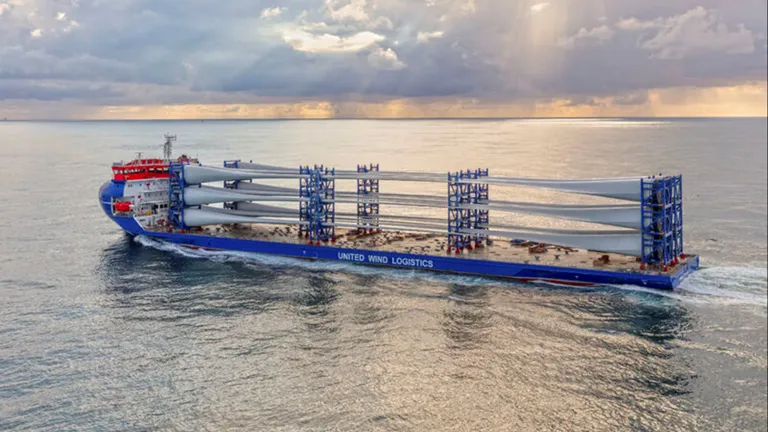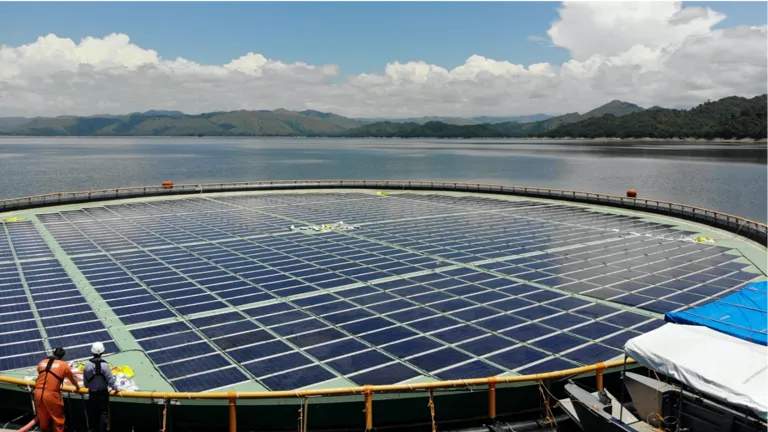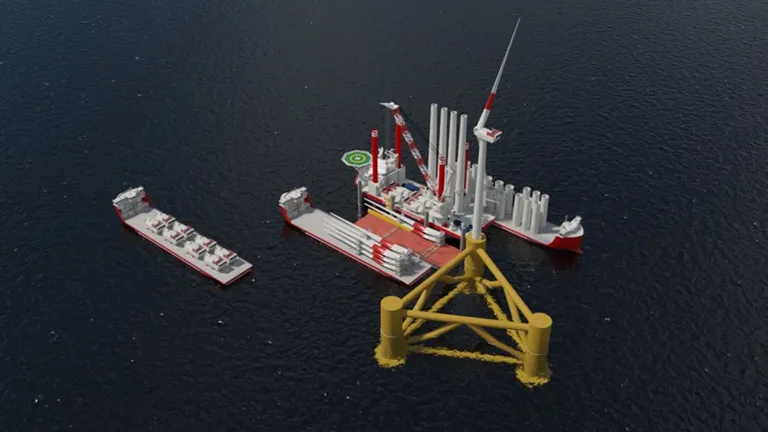
*History*
Originated in 1848.
Building on 175 years of experience with wind, floating structures and various marine and other operations, Bonheur is today invested in a diversified set of business segments through operating subsidiaries dedicated to innovation and excellence in operation.
Bonheur has focused its energy-related investments on renewable energy and has developed a strong eco-system of renewable energy related companies. Bonheur’s first renewable energy investment was made in 1996 and today, through subsidiaries, it owns (partly or in whole) a substantial portfolio of both operating wind farms and development projects mainly located in the United Kingdom, Scandinavia and Ireland.
Capitalizing on its vast experience from diversified marine operations and renewable energy, Bonheur’s activities have in later years expanded further into the offshore wind service industry where they through operating subsidiaries provide transportation, installation and maintenance services related to offshore wind turbines.
The latest activities are developments within technology and innovation in renewables aimed at developing cost-saving and efficient solutions to the industry’s challenges, as well as pursuing investment opportunities to strengthen existing businesses and expanding into new, but still related, business areas.
The cruise segment is offering an award-winning product with ships that are known as the friendliest fleet afloat.
Other investments include media and marketing covering publications and PR software services.
*Figureheads*
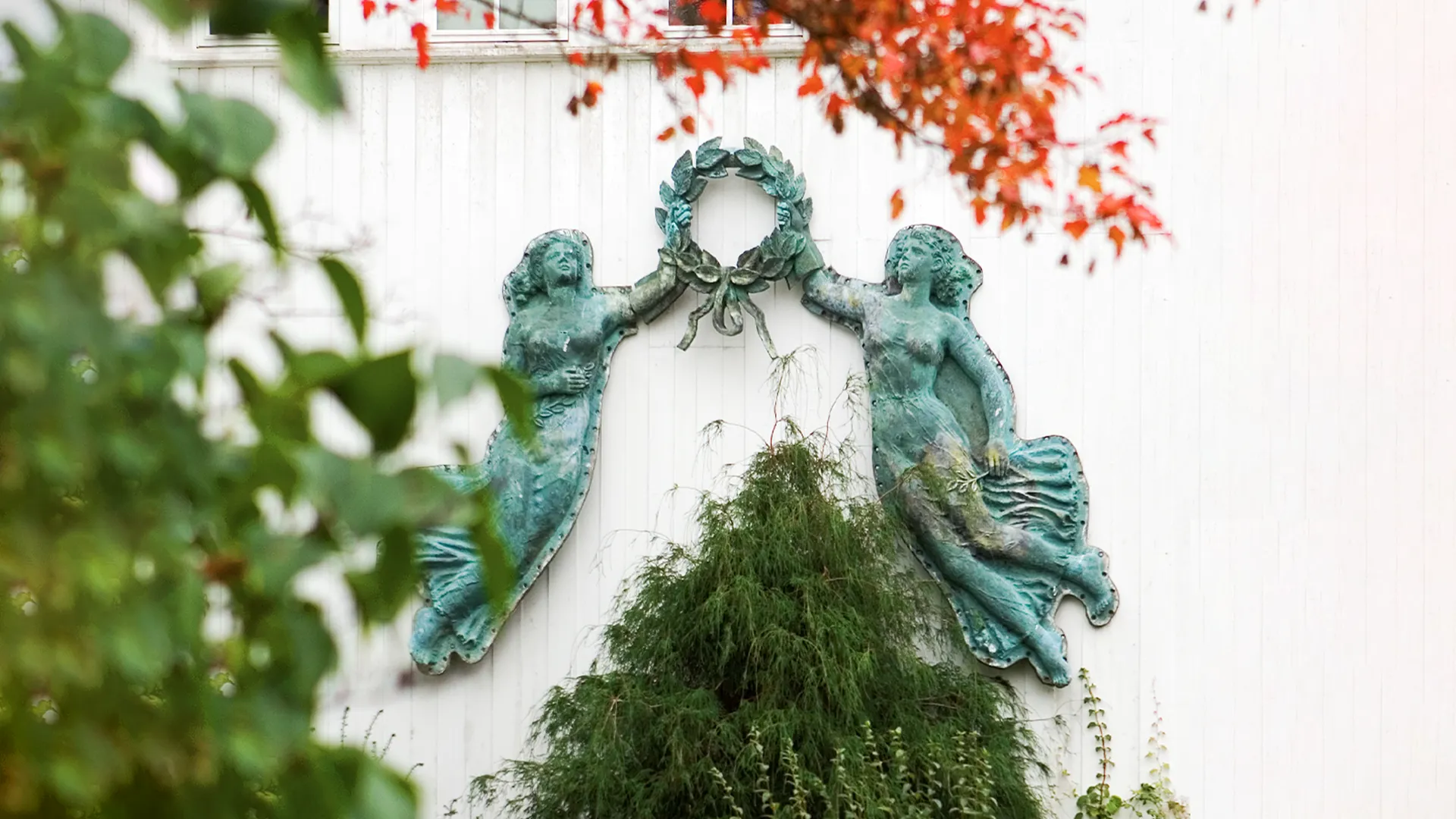
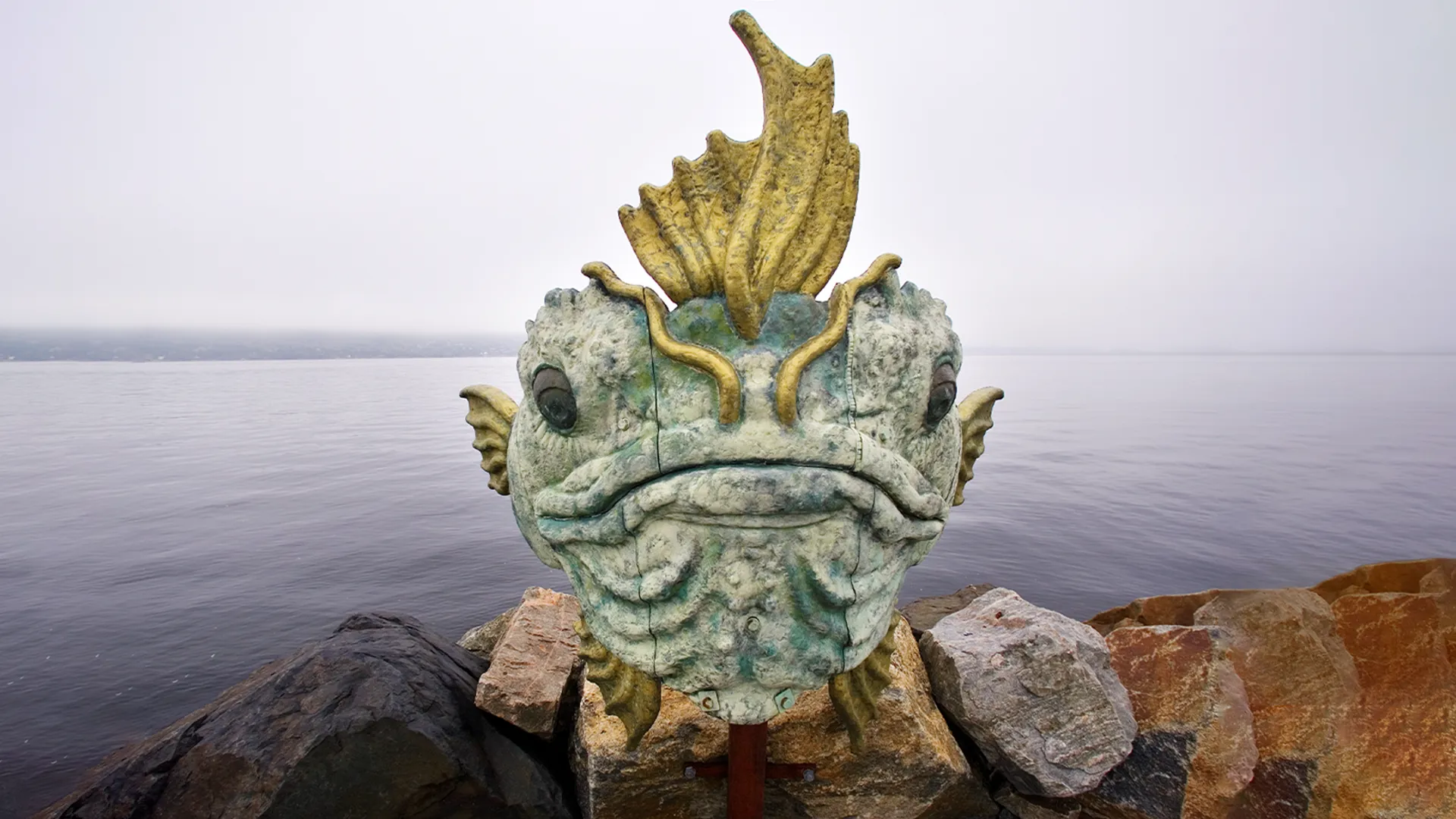
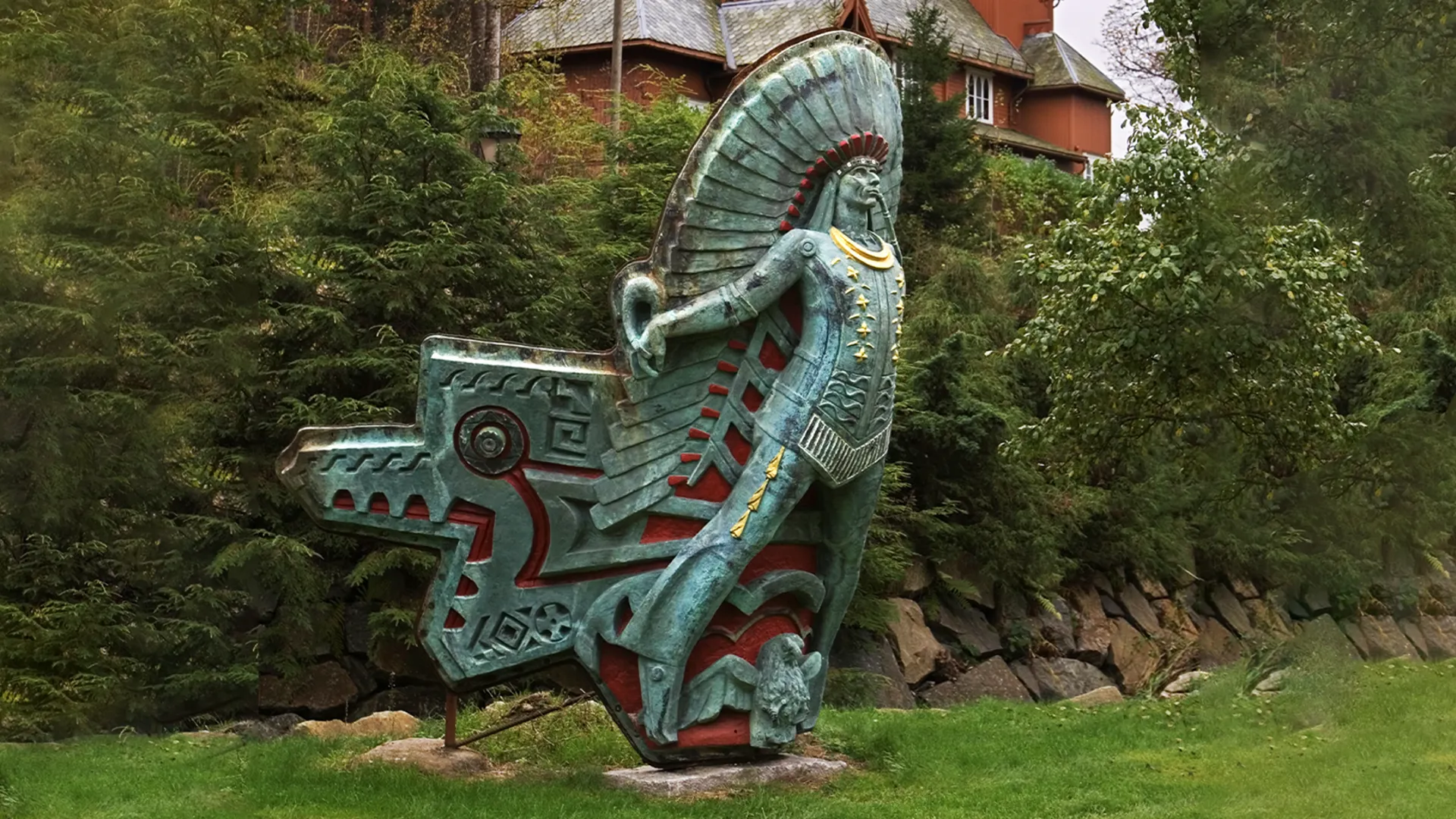


The origins of shipboard ornamentation are lost in the mist of time. The ancient Egyptians thousands of years ago painted eyes on the prow of their boats to help the vessel steer a safe course when fog or lack of light made navigation difficult, as well as discourage evil spirits. Viking ships were equipped with the dragon heads for the same reasons. In the late 1500's Spanish warships came fitted with a stem head. As the stem head supported the bowsprit, there was room for particular form of ornamentation that which came to be known as the figurehead. The custom spread to merchant ships and figureheads came into their own in the age of the sailing vessel.
The ornamental figurehead disappeared at the turn of the 19th century, with the passing of the white sails and sailing vessels. In the latter half of the 1930's, Fred. Olsen & Co. reintroduced the figurehead to the modern Norwegian motor ship. When a figurehead was mounted on the bow if M/S Bayard (V) in 1936, she was the first motor-powered vessel in the world to carry one. Over the next thirty-five years, sixty-odd figureheads would be made by respected sculptors such as Emil Lie, Ørnulf Bast and Per Hurum for ships in the Fred. Olsen company fleet.
In 1970, Fred. Olsen & Co. commissioned its last figurehead as ships and ship bows now were generally too large to deem figureheads meaningful. Many of the figureheads are now displayed at Hvitsten on the Oslo fjord, accessible to the general public.

